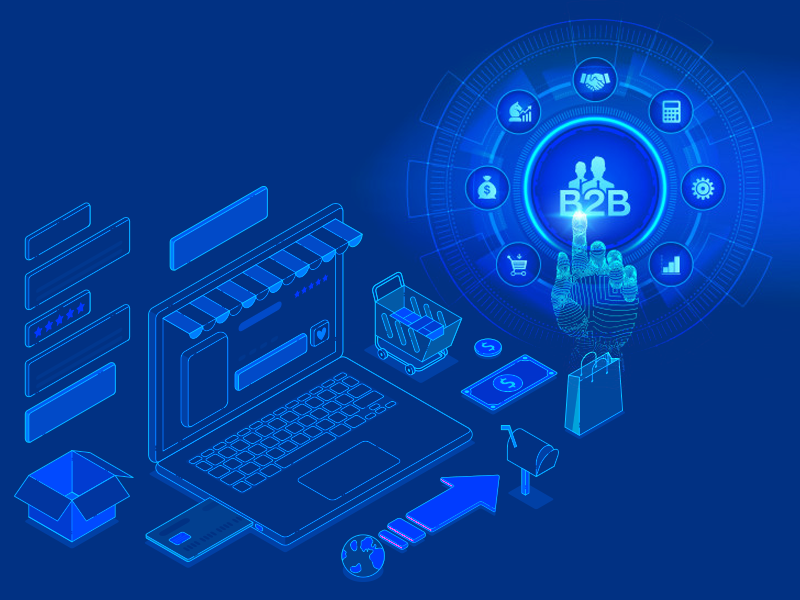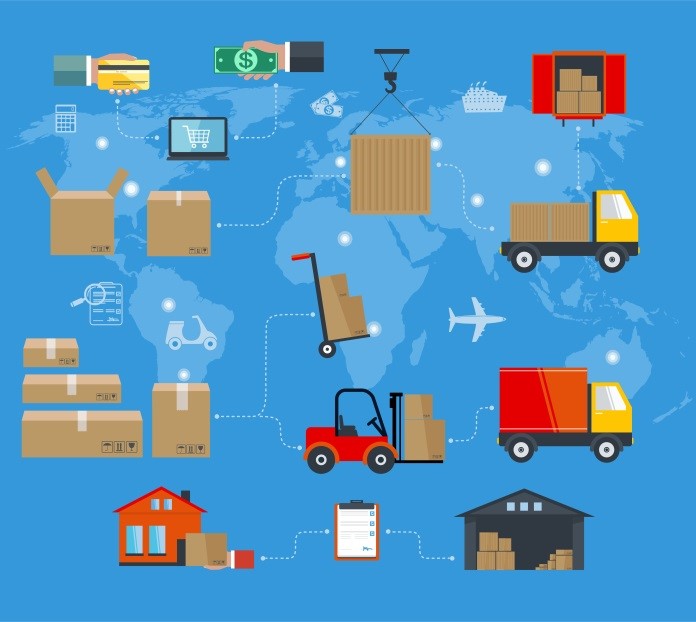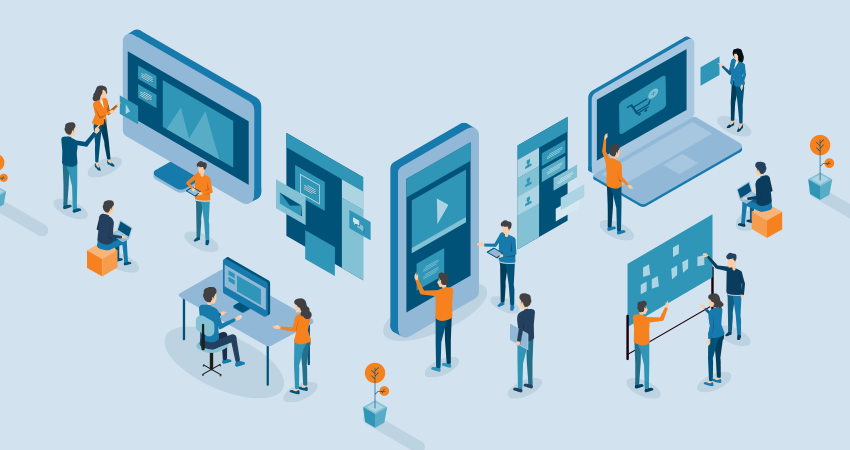Role of Centralised Procurement on B2B E-Commerce Industry
 Since the time when procurement emerged as an industry, it has consistently maintained its growth with time. All the businesses that deal with procuring goods from other places are trying to come up with modern marketing strategies and operating models not just to sustain the fluctuation but to take advantage of it. In the case of corporate procurement, the responsibilities are huge and require the betterment of the buying subcontractors. They may have a bigger vision and may be very innovative, but they must also be determined to meet all the requirements.
Since the time when procurement emerged as an industry, it has consistently maintained its growth with time. All the businesses that deal with procuring goods from other places are trying to come up with modern marketing strategies and operating models not just to sustain the fluctuation but to take advantage of it. In the case of corporate procurement, the responsibilities are huge and require the betterment of the buying subcontractors. They may have a bigger vision and may be very innovative, but they must also be determined to meet all the requirements.
Amendments are necessary
 Businesses over the world are actively seeking a consumer-like experience in the industry. In the recent past, various initiatives have been implemented for promoting E-procurement and B2B E-commerce for availing the numerous advantages it offers. From the most basic advantage levels like transparent information, self-serving, organized buying, better analytics and improved efficiency in deciding, no one wants to miss out on experiencing them.
Businesses over the world are actively seeking a consumer-like experience in the industry. In the recent past, various initiatives have been implemented for promoting E-procurement and B2B E-commerce for availing the numerous advantages it offers. From the most basic advantage levels like transparent information, self-serving, organized buying, better analytics and improved efficiency in deciding, no one wants to miss out on experiencing them.
Radical Change in methodologies
Till the most recent past, the success of business-to-consumer E-commerce was being enjoyed by business-to-business E-commerce across the world. But now things have changed and within a few years, B2B E-commerce will surpass B2C E-commerce which automatically indicates the rise of more procurement experts. Up until now, both B2B and B2C E-commerce were walking side by side but not anymore as both the business models will enter into separate journeys.
The future of procurement
 It is highly likely for procurement to take up a more center-led method having close contacts with the modern evolving technologies and better connectivity with the sublets. Currently, a system that takes the necessary steps as needed is used for buying office supplies which refer to figuring out the best manufacturer for a region. Though there are various excellent advancements made in technology and procurement, the process of centralized procurement did not have ample experience.
It is highly likely for procurement to take up a more center-led method having close contacts with the modern evolving technologies and better connectivity with the sublets. Currently, a system that takes the necessary steps as needed is used for buying office supplies which refer to figuring out the best manufacturer for a region. Though there are various excellent advancements made in technology and procurement, the process of centralized procurement did not have ample experience.
The primitive centralized procurement
During early 2014, power, control and authority were the features by which centralized procurement was known. If a company took up a de-centralized approach, there were not many chances of it to look for a centralized procurement function. It can be definitely said that the function wasn’t intended for promoting an authoritative system.
The latest centralized procurement
 It requires people to see it from a different angle that encompasses direction settings, by decreasing the costs and optimizing the processes. The activities of a company require to be distributed across several locations and in the case of big companies, there is a requirement for several resources, tools, and subcontractor buying for ensuring optimal functionalities.
It requires people to see it from a different angle that encompasses direction settings, by decreasing the costs and optimizing the processes. The activities of a company require to be distributed across several locations and in the case of big companies, there is a requirement for several resources, tools, and subcontractor buying for ensuring optimal functionalities.
Rising trends in the procurement industry
A business buyer purchases the goods which are required by their business and their designs unlike B2B E-commerce depend on the needs. In B2B E-commerce, transactions are mainly a means of leisure and fun and depend on the urge. So, it can be sighted that B2B E-commerce is going to go beyond B2C E-commerce in both terms of business volume and implementation of technology. There is a great possibility that generalists will be getting more success by offering effective solutions to the niche issues which a business faces in purchasing.
As an increased number of companies are shifting towards B2B E-commerce, more amounts of procurement data will be acquired and banking on them, B2B E-commerce players will be more able to recognize a buyer’s behavior and provide them with useful, personalized, and data-driven insights.
Procurement experts have been considering the implementation of technology over the last few years with strategies to diminish confusion. Businesses will be able to experience a trouble-free process with a center-led procurement approach where the unnecessary extra expenses will be cut short while reinforcing a quality platform for transparent procurement. This will also make procurement gain the perks of aggregation too.
3 Steps To Better Procurement
How These 3 Core Strategies Determine The Outcome of Your Procurement Process
Request A Demo



